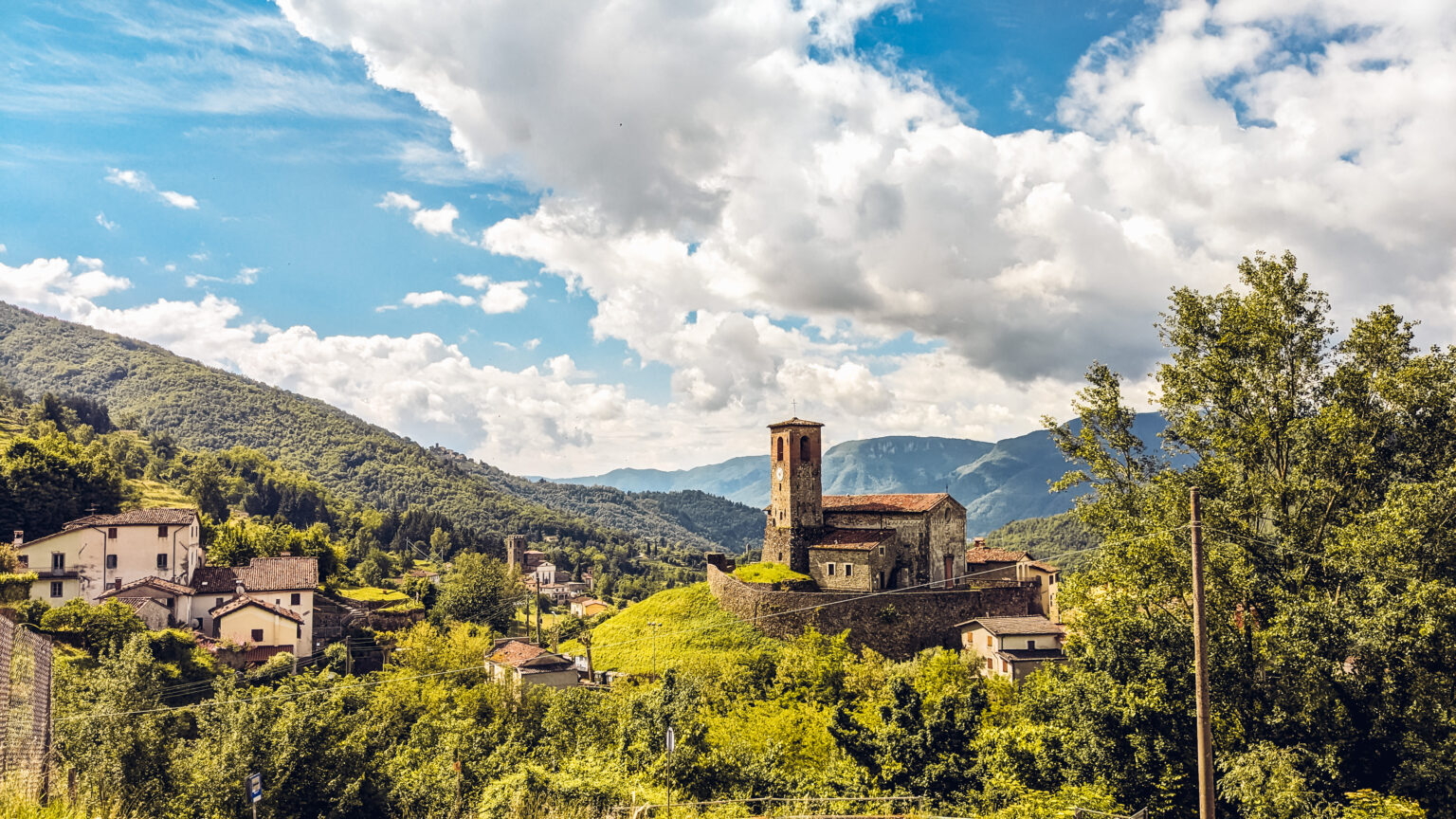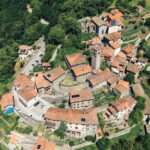In the past the territories of Fosciandora have often been “border lands”. We can find an example in the 2nd century b.C., during the conflicts between the Roman invaders and the proud Liguri Apuani. Despite the fact that the Romans won the fight, a few settlements of the local populations probably remained on the mountains. This fact is clearly confirmed by the names of the villages and localities. The toponymy of the villages is mainly latin, whereas it is pre-latin concerning the higher localities.
Another example is found in the 6th century AD, when the Longobards chased the Byzantines, moving ahead to the conquest of the centre of Italy. In order to resist the attacks, the Byzantines built the so called “limes”, a sort of defensive line. One of them crossed the Garfagnana valley roughly in the middle. According to the local historian Monsignor Angelini, another byzantine “limes” was settled in a more southern zone, between Pieve Fosciana and Ceserana.
In the Este period too, as well known, from the 15th century onward and for a long time, the territories of Fosciandora were divided in two parts by the border line between two states: Ceserana, la Villa, Migliano, Fosciandora were lands of the Duchy of Modena and Ferrara; whereas Lupinaia, Riana and Treppignana were properties of Lucca.
Finally, during the tragic events of the 2nd World War, for many months in 1944/45, in the lands of our municipality was set the Gothic Line (a German defensive line of the Italian Campaign of World War II). On one hand the Germans, settled in the villages, on the other hand the Allied troops. In that period a basement was dug below the fortress of Ceserana, where the population could take refuge during the bombings. Some years ago the refuge was re opened as a warning to younger generation.







